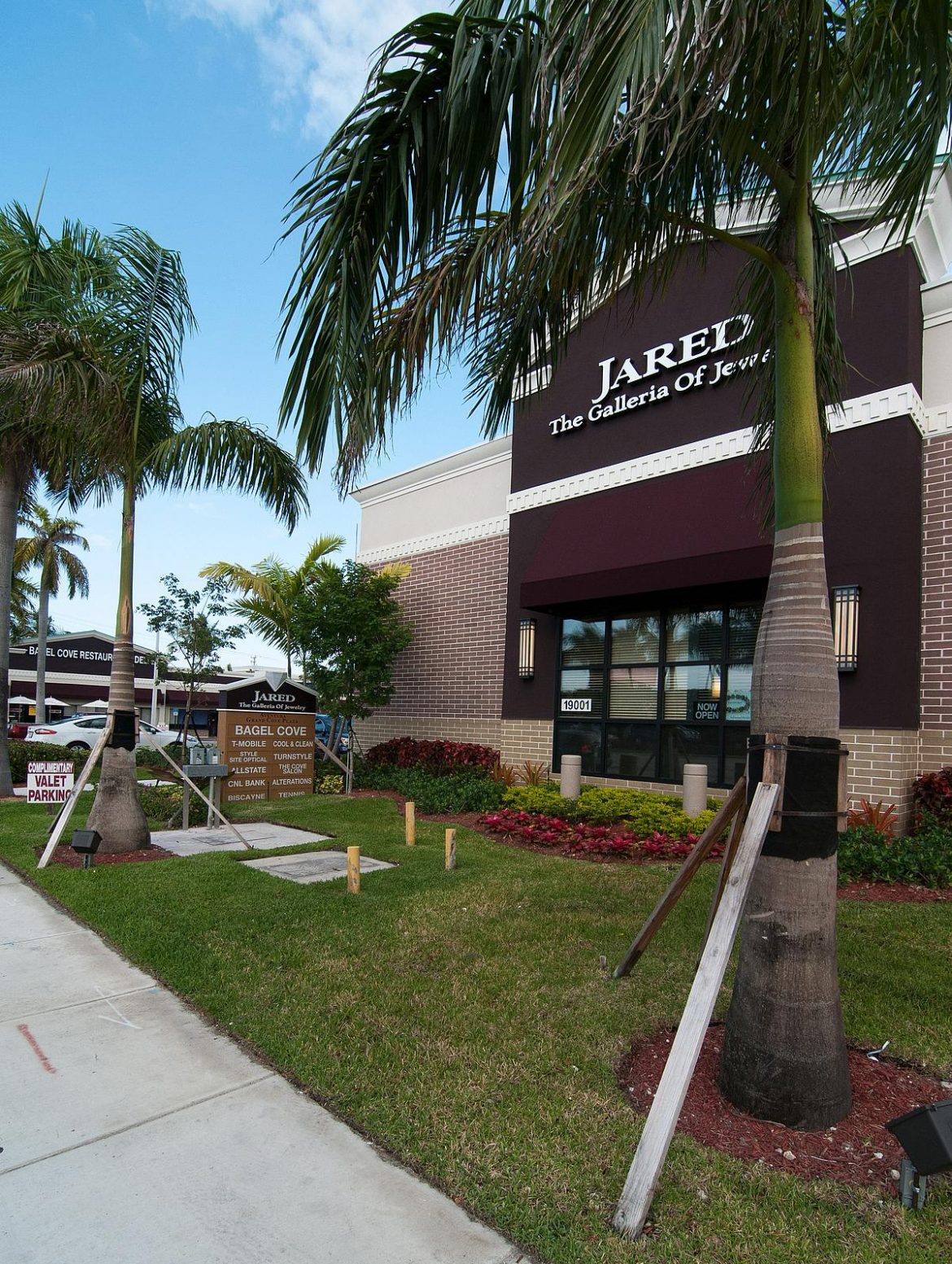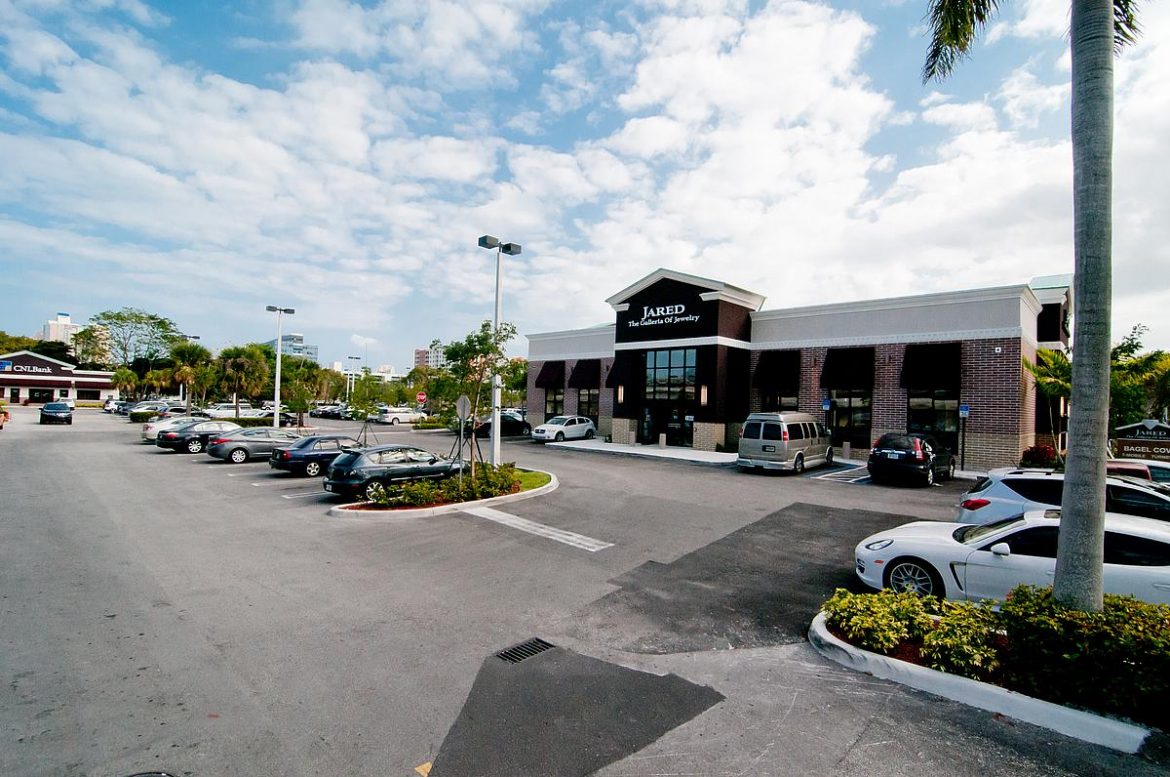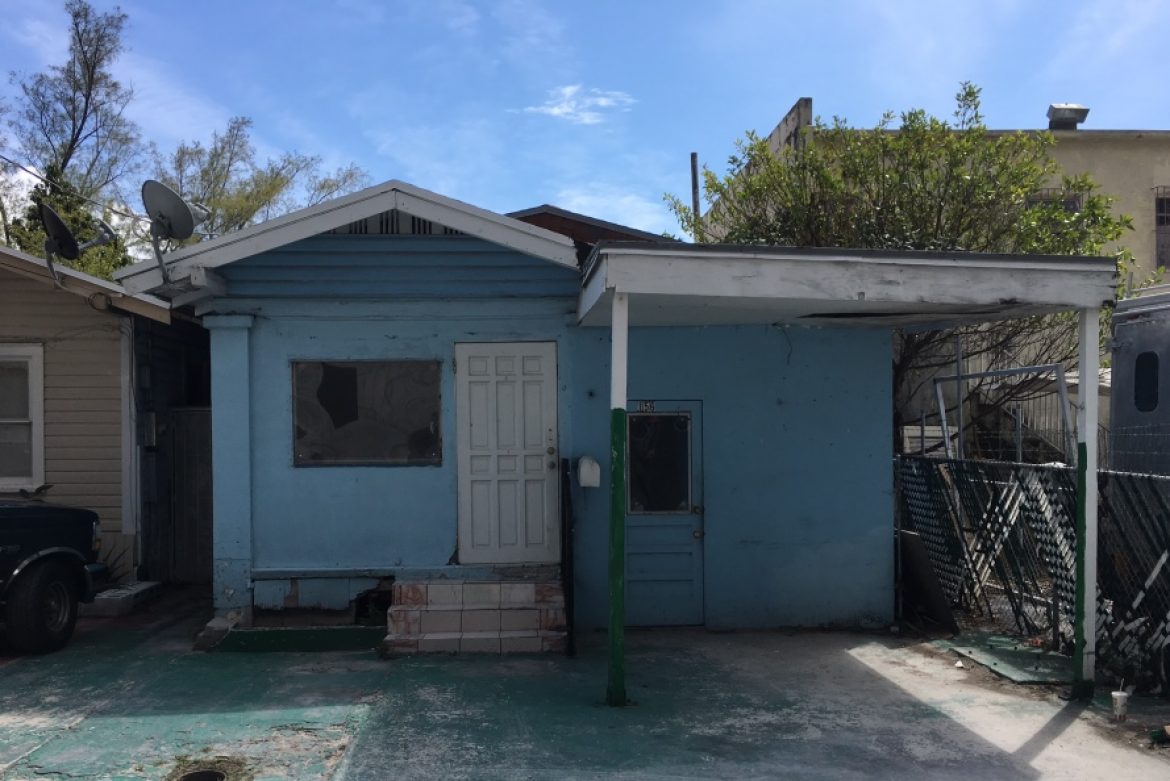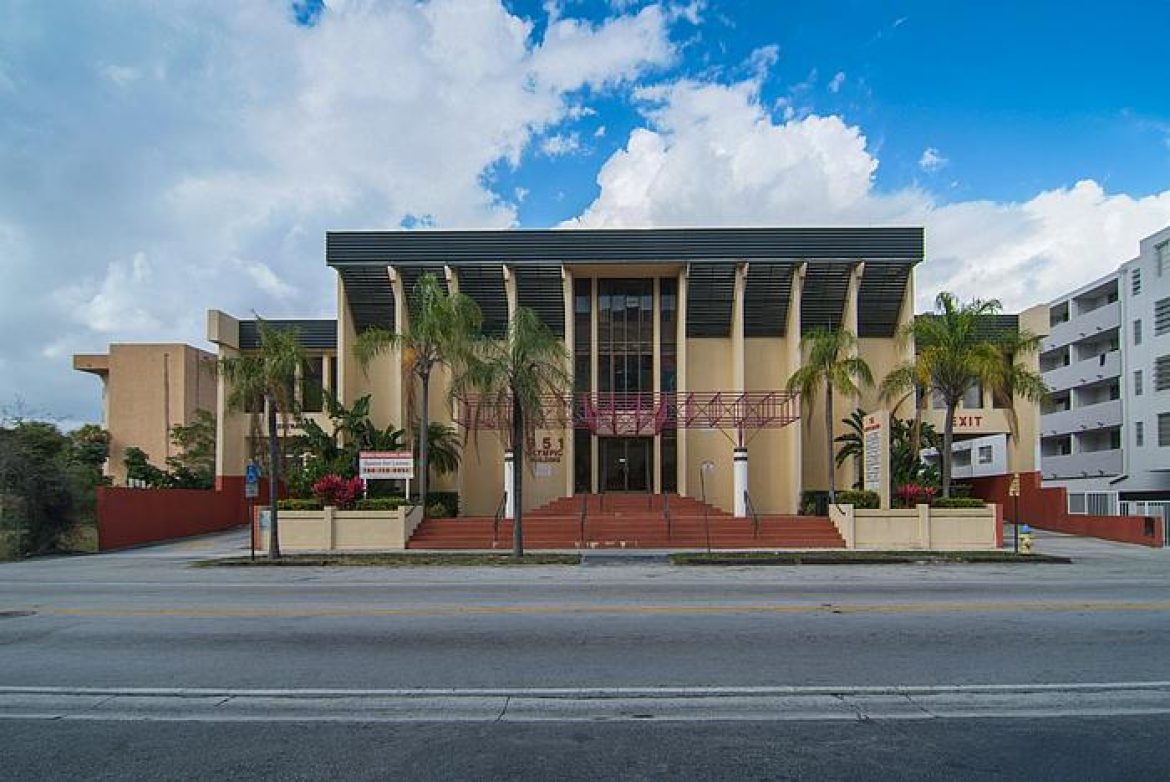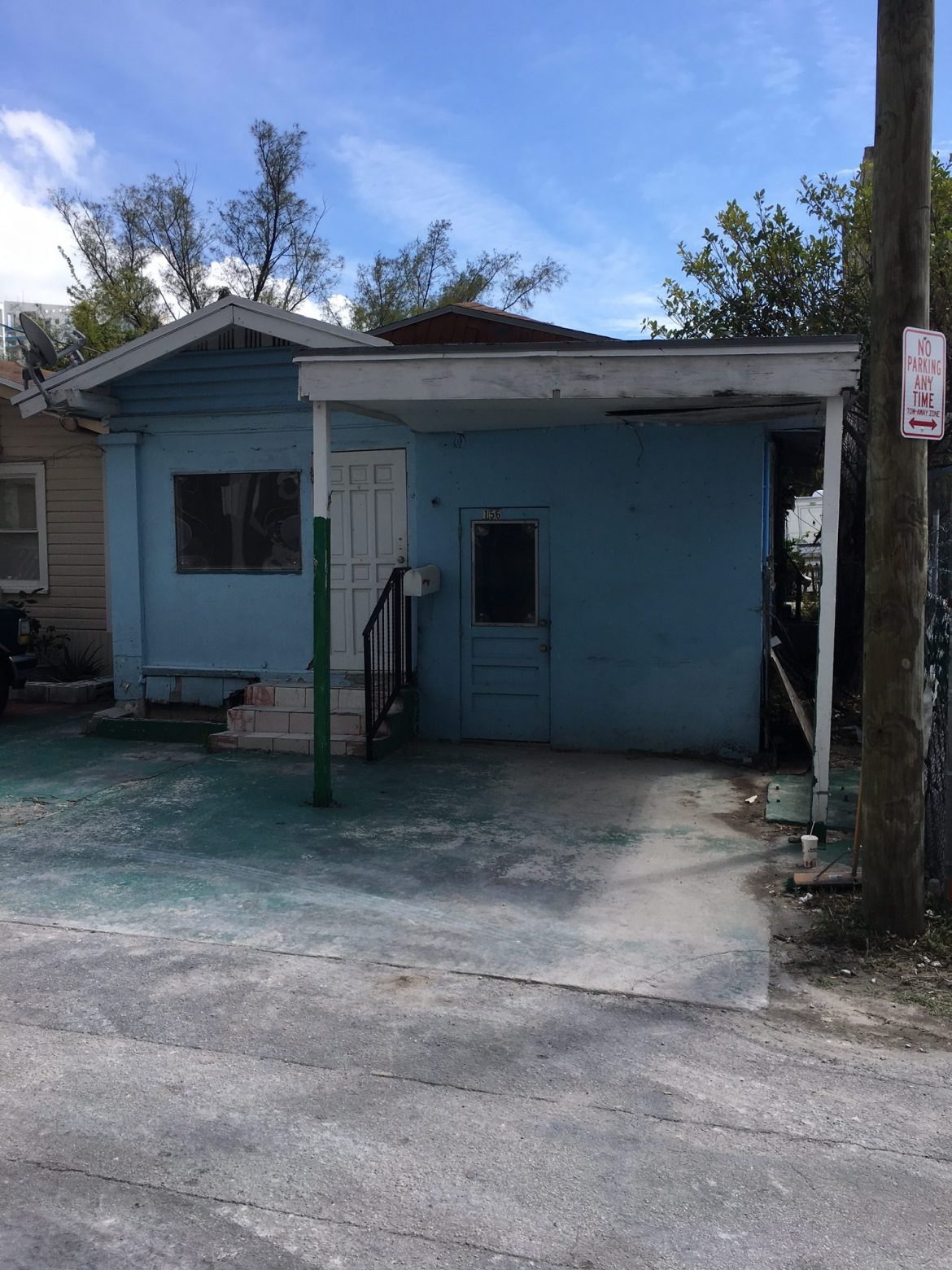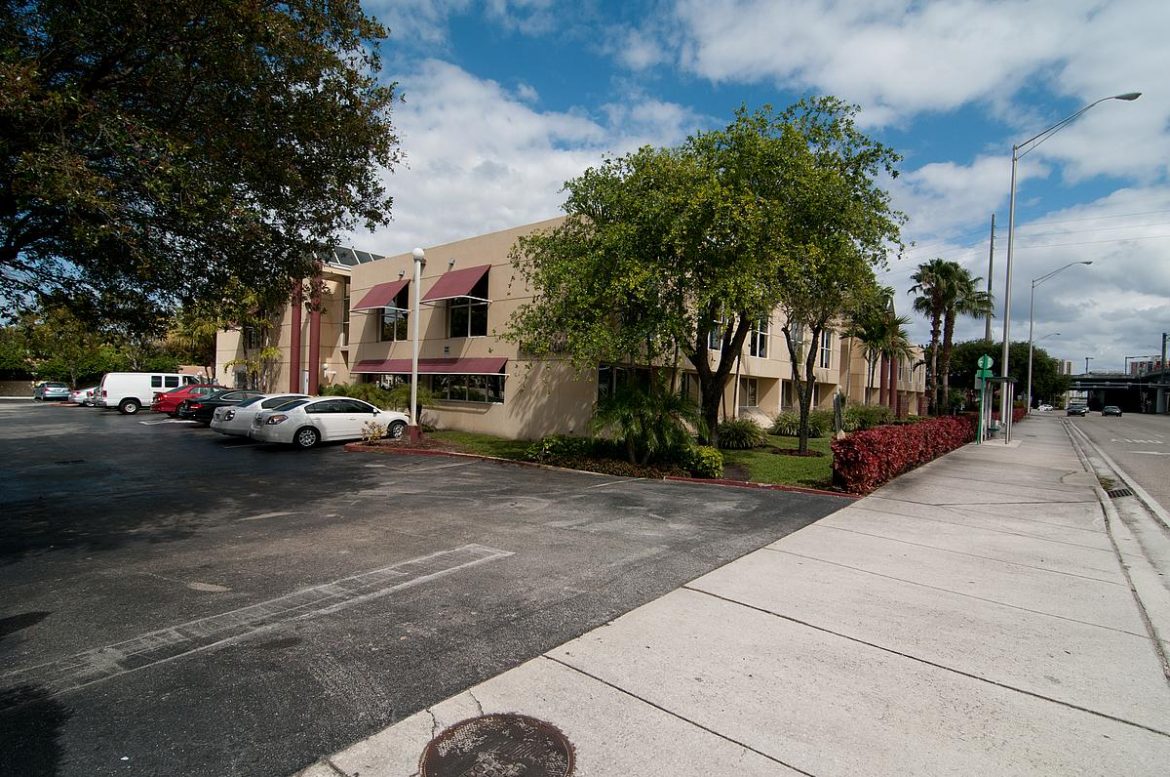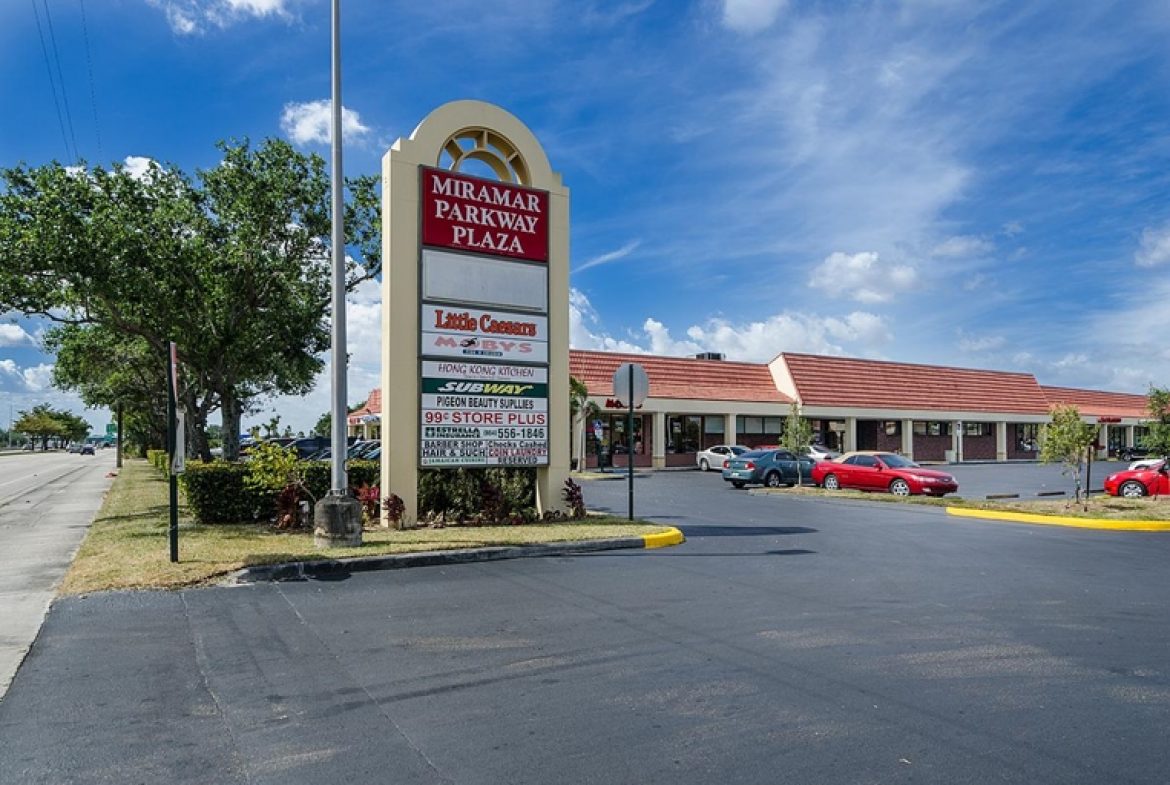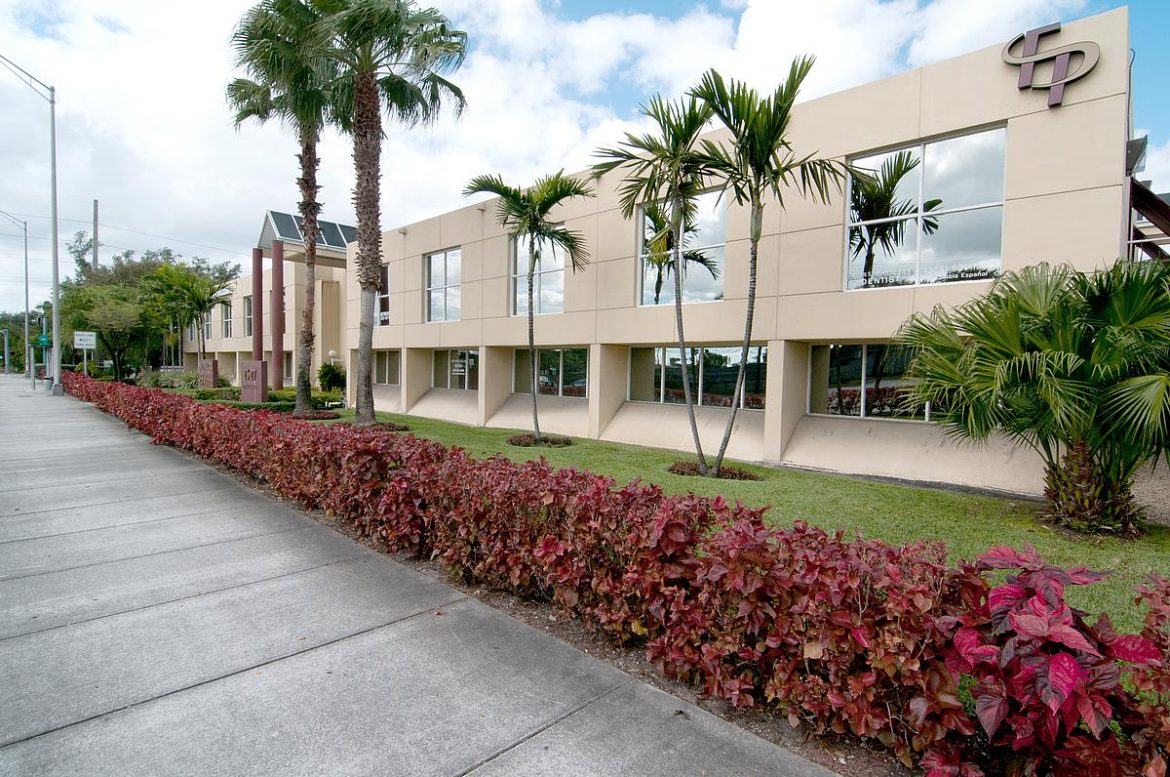Miami-Dade’s transportation picture has been in flux since the onset of the coronavirus pandemic, and many changes – including new safety strictures, increased telecommuting and a rise in non-motorized mobility – could prove permanent, experts say.
“This is a lifetime event that’s really going to change a lot of things, including transportation, how people work and where,” said Javier Betancourt, executive director of the Citizens’ Independent Transportation Trust. “And if anyone tells you they know for sure what’s going to happen, they’re lying to you.”
That’s not to say there aren’t indicators of where things are going. Following a nationwide shutdown to stem the spread of the virus, once-bustling workplaces have been replaced – either temporarily or permanently – by home offices connected digitally through email and apps like Zoom and Slack.
Working remotely, or telecommuting, has increased in recent years, but Covid-19 accelerated what would have been a much slower evolution. Only 7% of US workers telecommuted at least once weekly prior to the pandemic, according to the Pew Research Center. Once the virus hit, the figure shot up to 50%, an analysis by research group Brookings Institute found.
If a significant portion of people continue to work from home, Mr. Betancourt said, Miami-Dade’s transportation decision-makers must take a hard look at whether some transit and roadway expansion projects should proceed as previously planned.
“All these capacity-building projects need to be examined in light of reduced demand,” he said.
A directive to launch the first such examination here is incoming, said Aileen Bouclé, executive director of the county Transportation Planning Organization (TPO).
On June 18, the TPO Governing Board, comprised of every county commissioner, elected representatives from nine cities and a school board member, will consider an item from Dennis Moss and Rebeca Sosa that, if approved, will order a study of how telecommuting could reduce congestion across Greater Miami.
“They’ve made a very next-step request for us to start seeing what that looks like and if we can adopt any guiding principles or policies to help even out the demand on our infrastructure over a long period of time – where we can reduce the peak demand and congestion and have a better overall picture of a congestion-reduction strategy,” she said.
Another potential change that comes as a result of fewer cars on the road is fewer cars in driveways and garages, said Transit Alliance Miami Executive Director Azhar Chougle, whose nonprofit advocacy group has spearheaded the Better Bus Project to redraw Miami-Dade’s Metrobus route network.
Because driving to and from work is often the primary utility of a personal vehicle, he said, it becomes an unnecessary expense once that need is no longer there.
“Most cars are idle for more than 90% of the day,” he said. “Miamians who are used to just driving, even for the smallest possible trips, when you take the work trip out of the equation, there are interesting possibilities.”
One possibility already gaining traction is broader bicycle use across the county. But the shift from cars to bicycles and e-scooters isn’t as simple as swapping one mode for another. While some small pockets of the county have proper accommodations for so-called micro-mobility modes – bike paths, widened sidewalks and programs with bike- and scooter-share companies like Citi Bike and Jump – most of Miami-Dade is still inhospitable to non-motorized travel.
Before the pandemic, those deficiencies and others across Miami-Dade – including many parts of the county’s unincorporated area, where sidewalks on major roads are frequently nonexistent – were largely the concern of habitual bicyclists and residents who didn’t own cars.
Now, with half of the county’s workforce homebound, the absence of a safe, comprehensive route network for pedestrian and two-wheeled travel is glaring, Mr. Chougle said.
“Everyone has realized biking infrastructure here is terrible,” he said. “What we’ve discovered is just outright, major government failure.”
That failure, he said, is most pronounced in Miami and Miami Beach, the subjects of Transit Alliance’s most recent study, “Build it – Bike it,” which shows both cities have sorely undelivered on promises to create safe, usable, interconnected bike paths.
Miami Beach, which in 2015 adopted a comprehensive bike master plan, has to date built just 0.1 miles of protected bike lanes and has 3 miles of shared paths still under construction. Transit Alliance recommends 6.8 miles of protected lanes and 3.7 miles of shared paths.
Miami, which in 2009 adopted a similar plan, still has miles of its core network incomplete, with missing links between key arterial roadways across the city and no protected bike lane across the Venetian Causeway.
“Whoever is in charge of this network in the City of Miami, and whoever was responsible for the 2020 objectives in Miami Beach and them not having been completed, should be fired,” Mr. Chougle said. “It’s at the point where, can our decision-makers hold anyone responsible for these major failures, or are they just going to be looking at the same map 10 years from now?”
The good news, Mr. Betancourt said, is that the countywide pause everyone is experiencing provides a rare chance to rethink and refocus priorities and, compared to other infrastructure projects in the developmental pipeline, bike-specific enhancements are much cheaper.
“Transit and roadway expansions are investments that take billions of dollars to see through and decades to come to fruition,” he said. “Telecommuting and first-last-mile connectivity is low- to no-cost and can be done in short order. And people have now gotten used to it. There’s really a potential to continue that and build it up.”
Critical roadway and transit improvement projects will still come, including transit upgrades to six key commuting corridors outlined in the countywide Smart Plan. But questions of future capacity and ridership have made many local transportation experts rethink advocating for more expensive modes.
Talks on the subject among county, state and federal transportation officials are ongoing, according to Ms. Bouclé, who said a federally required transit ridership study planned for the fall will further help to inform the TPO of what demand will be for different transit modes.
“From where I’m standing today, the range of that demand is really something we have to focus on,” she said. “It’s a fair statement that our pre-Covid forecast may be quite different moving forward.”
Even if ridership never returns to levels prior to the pandemic, Miami-Dade will still need a transit system to serve a core ridership dependent on its services. In mid-April, roughly a month into pandemic-related closures, ridership on Metrobus, Metrorail and Metromover fell 80% below normal.
As of last week, according to figures provided by the county Department of Transportation and Public Works, ridership across the three modes combined, at 110,000 between June 8 and 12, is about 47% of what it was the same time last year.
Director Alice Bravo said her department is bringing on additional vehicles to accommodate the ridership increase while still providing enough space to minimize the spread of Covid-19.
“In terms of trains, when our numbers really fell off, we went to nine trains per hour but have now increased that to 14 and can increase it to 19 trains as demand grows,” she said. “In terms of buses, we’re going to bring some through vendors … for the I-95 express service and other vehicles to intersperse between ours on routes where ridership is increasing and they’re needed for social distancing.”
Many of the protective measures put in place – from disinfecting transit vehicles multiple times daily and nightly, maintaining hand sanitizers in all vehicles and at train stations, social distancing at county facilities, and installing vinyl curtains and polycarbonate doors to isolate bus drivers and their ventilation systems from riders – will likely continue “for a long time,” she said.
Ms. Bravo’s department is also experimenting with one possible solution to low ridership on some Metrobus routes: Go Nightly, a partnership with Uber and Lyft in which the companies provide rides in lieu of buses that before ran on eight nighttime routes.
Rather than take buses, transit users are instead asked to follow instructions posted at bus stops along the routes to use a smartphone app or call a number to get a voucher-paid ride along the routes and within a quarter-mile radius of the corridor.
“This is maybe something we can explore to provide some type of transit connectivity in areas where density is too low to provide bus routes,” she said.
As for other answers, Mr. Chougle said, the county may do well to examine how other large metropolitan areas proceed in improving transit in the wake of the coronavirus.
Miami-Dade has “responded really well” to the pandemic, he said. The question for every leader here is whether the county will emerge with a stronger or weaker transportation and transit system than before.
“Right now,” he said, “it’s not clear how that will go.”
Source: Miami Today
